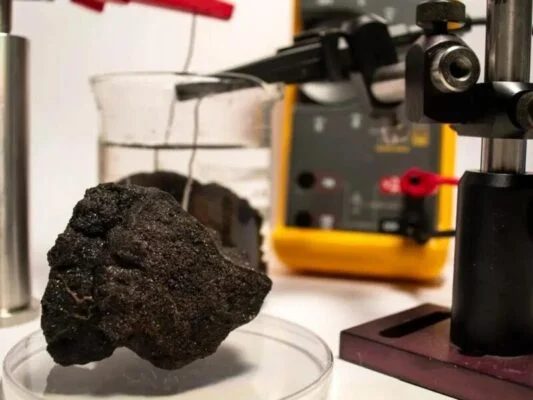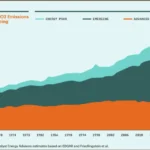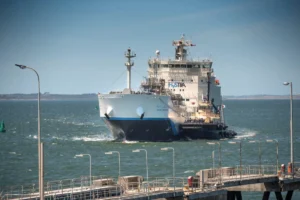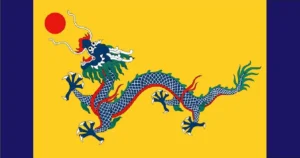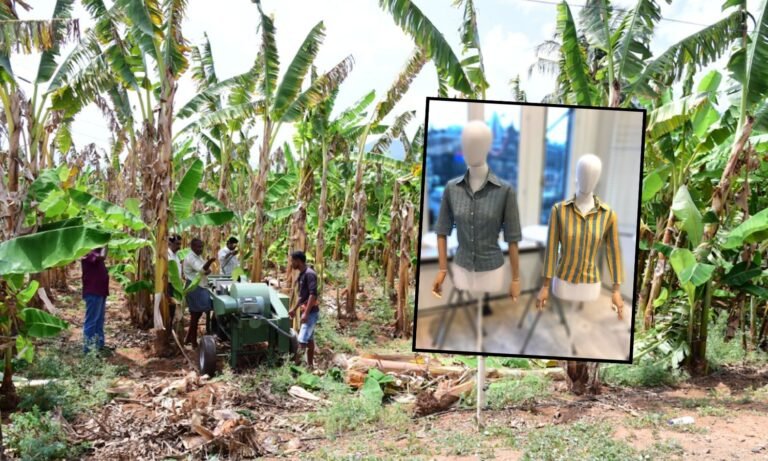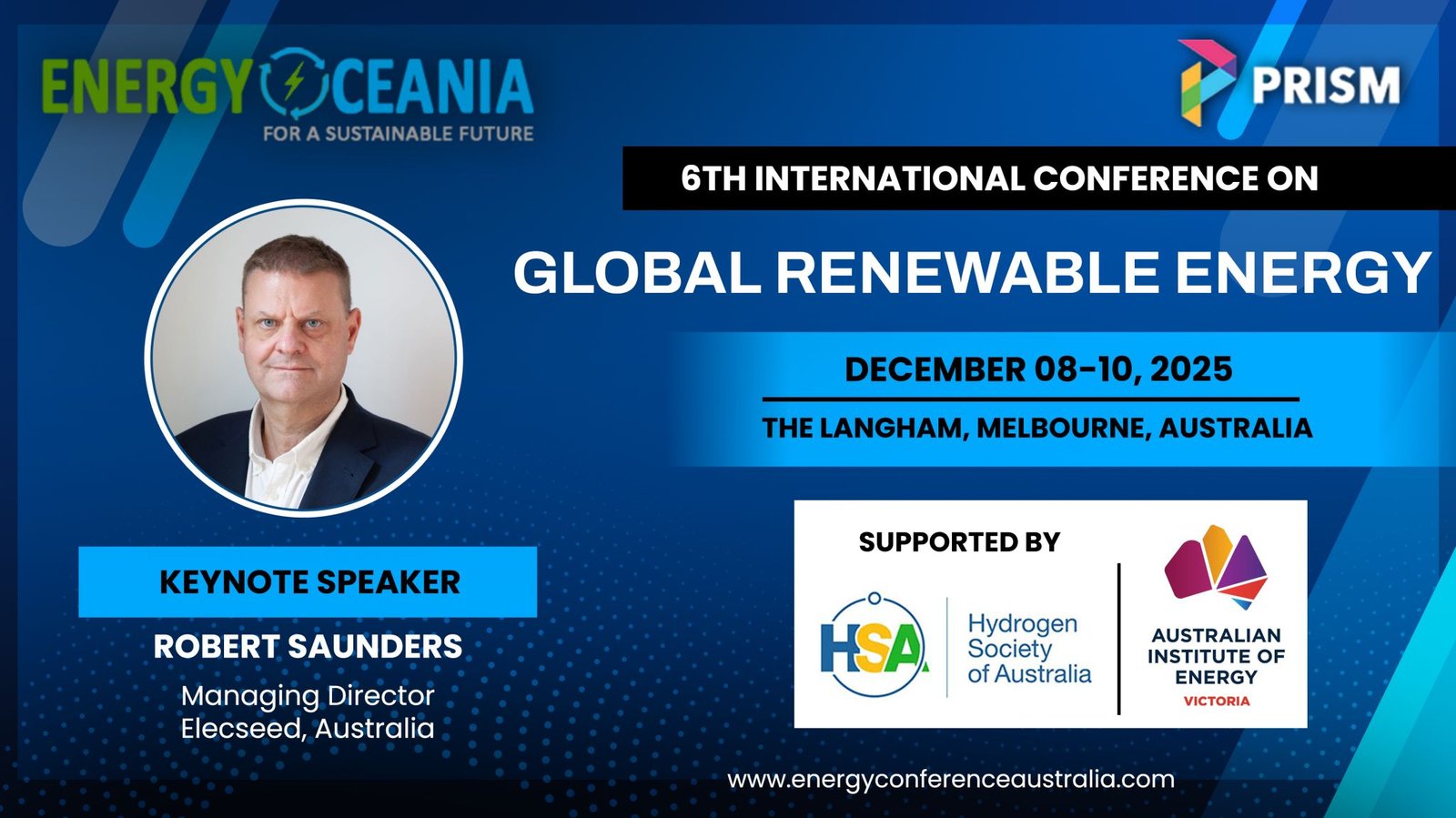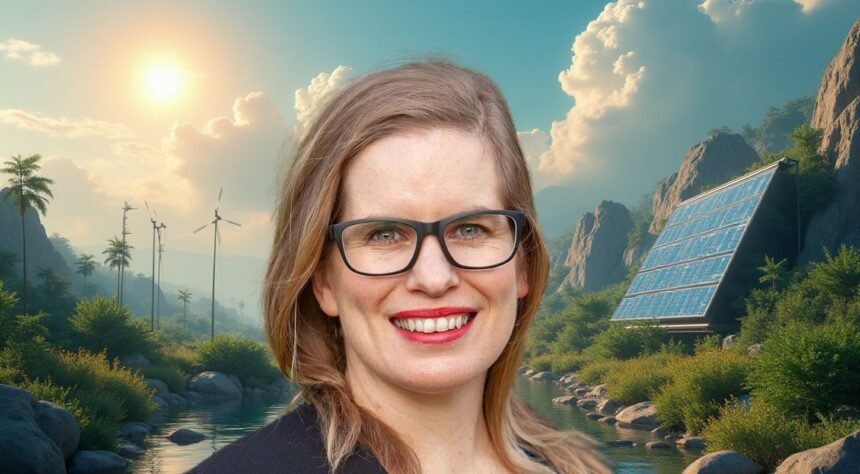Scientists discover electric-charged polymetallic nodules of cobalt, nickel, copper and manganese 4 kilometers below in the dark seabeds
A polymetallic nodule found on the sea floor. Image credit: Camille Bridgewater. Camille Bridgwater discusses her studies in environmental science and chemistry and her research in artificial photosynthesis. VIDEO. Check her out!
Approximately 30% to 40% of species of 5000-8000 present in the area – nearly all of them unknown to science – live on these nodules which gives off an electric charge comparative to a AA battery of between 1- 1.5 volts- ‘battery in a rock’.
The recent discovery of trillions of rock-like mineral deposits 4 kilometers below the Pacific Ocean between Hawaii and Mexico in the Clarion-Clipperton Zone (CCZ), which spans 4.5 million square kilometers, with an estimated value of between US$8 trillion and US$16 trillion – more than current global terrestrial mining resources – is both a scientific conundrum, and a potential ‘mine-field’ for unregulated ocean mining.

Manganese nodules on the Atlantic Ocean floor off the southeastern United States, discovered in 2019 during the Deep Sea Ventures pilot test. National Oceanographic and Atmospheric Administration

Locations of three main types of marine mineral deposits: polymetallic nodules (blue); polymetallic or seafloor massive sulfides (orange); and cobalt-rich ferromanganese crusts (yellow). Miller et al., 2018, https://doi.org/10.3389/fmars.2017.00418, CC BY
The ramifications of this discovery, opens up a plethora of ‘what-if” of deep sea mining exploration for the rest of the world’s pristine seabeds – Australia and in the south. Stricter laws need to be advocated.
Lead researcher Prof. Andrew Sweetman from the Scottish Association for Marine Science first saw an enormous amount of oxygen being emitted from the darkness on the seabed in 2013. Upon a further investigation in 2021, sponsored by deep sea mining firm The Metals Company, Sweetman’s teams’ theory emerged on how the oxygen is created. The nodules electric current splits the seawater into oxygen and hydrogen, through a seawater electrolysis process.
As reported in Ocean Impact Organisation Australia (OIO), the researchers have no idea what role this nodule-produced oxygen may play in the seabed ecosystems of the CCZ, but an estimated 30% to 40% of species of estimated 5000-8000 present in the area – nearly all of them unknown to science- live on these nodules, such as tiny corals, sponges and worms. Some larger animals depend on the nodules to incubate their young, including a familiar ghostly white octopus which lays its eggs on the stalks of dead sponges attached to the rocks. This discovery suggests that the nodules themselves – targeted by deep sea mining companies – could be providing oxygen to support life there.
The UN Convention on the Law of the Sea established the International Seabed Association (ISA) in 1994, with a mandate to manage the exploration and exploitation of the seabed in international waters, while at the same time ensuring the effective protection of the marine environment.
In March 2024, the Deep Sea Conservation Coalition (DSCC) urged precaution and advocated for a moratorium on deep-sea mining at the ISA meeting.
Indigenous and Pacific representatives attending the ISA reiterated their steadfast opposition to deep-sea mining in the Pacific, echoing widespread apprehension towards the extractive industry. This follows a threat by The Metals Company (TMC) to use an obscure legal loophole to apply to begin commercial mining operations later this year in the Pacific, attempting to force the world to accept a choice between a faulty mining code or unregulated mining.
The International Seabed Authority Assembly convened on the 29 July – 2 Aug 2024 and still awaiting news on the the Clarion-Clipperton Zone (CCZ) resolve.
More Information:
Debate: Deep Sea Conservation Coalition: HERE+
Intergovernmental Organisations involved HERE+
The International Seabed Authority Assembly 29 July-2nd Aug 2024 Media Releases HERE+
Mining Publication HERE+
Ocean Impact Organisation, Australia HERE+

